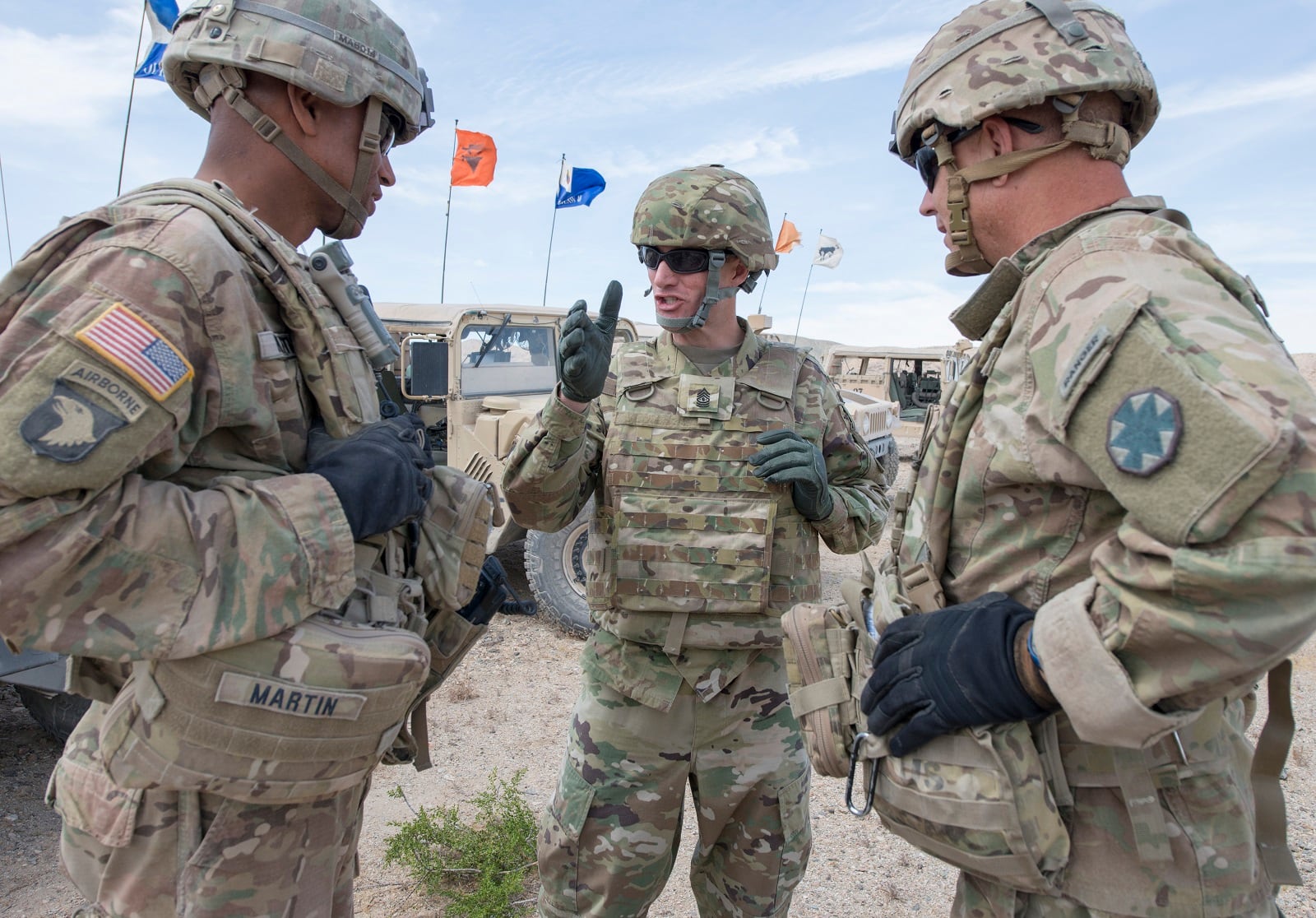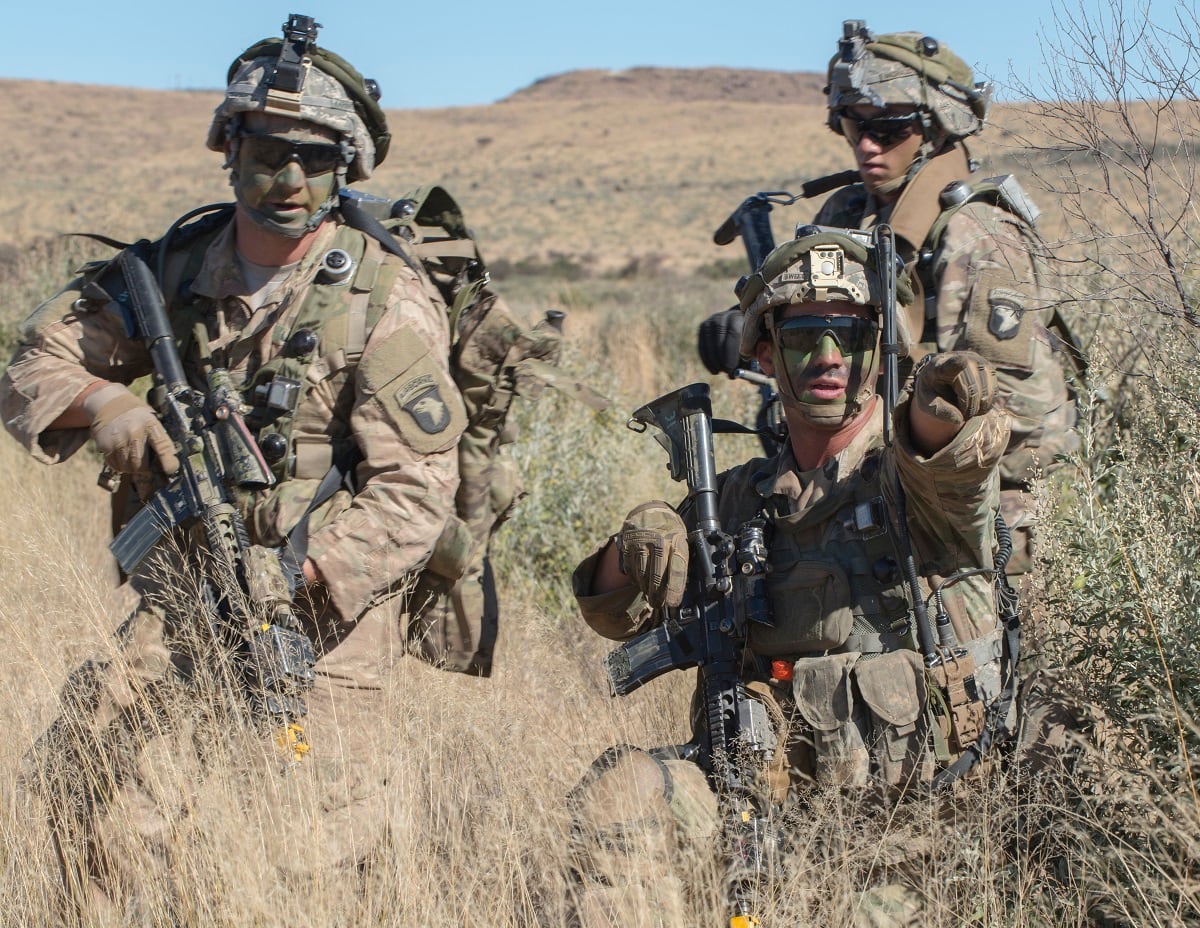The Army is pushing to retain mid-career noncommissioned officers to lead a new crop of junior soldiers coming in on a wave of high recruiting goals, with a series of re-enlistment bonuses and a new promotion policy to send E-5 and E-6 candidates straight to local boards.
Those opportunities are providing great upward mobility for NCOs, Sergeant Major of the Army Dan Dailey told Army Times in a Sept. 27 interview, but the service is already looking at a back-stop to make sure that only the most promising enlisted leaders are staying in the Army long-term.
“So when I get to that plateau, I still want to capitalize on this upward mobility,” he said. “But if you logjam the system, when you get to that plateau ― and you wait until you get there ― you’re going to get stuck."
In short, building up the sergeant and staff sergeant ranks will fill holes in formations and training organizations, but at a certain point, a glut can form that could prevent the best performers from working their way up.
“So you’ve got to design a leader development system that retains your most talented,” Dailey said. “And then, you know, asks the least talented to leave.”
For more coverage from the AUSA annual meeting, click here.
Earlier this year, the Army implemented a new promotion rule for E-5s and E-6s that automatically added promotable specialists and sergeants to their local promotion lists, and required battalion-level intervention to keep a soldier from going before a local board.
This mitigated any favoritism that could arise when soldiers were only promoted based on specific recommendations from their battalion commanders. In addition, the Army ditched sequence numbers as a criterion for promotion, removing the time-in-service element of a promotion and basing it solely on the rankings after a board review.

Next up will be some tweaks to retention control points and mandatory retirement dates between fiscal year 2020 and 2022, Dailey said, which were tightened during the drawdown.
Earlier this year, he had floated the idea of limiting the number of looks an E-7 or above gets for promotion, so that ― for instance ― a sergeant first class does not languish at that rank for a decade until he or she times out and is made to retire, holding up a spot for someone with more ambition.
The details are still in flux, Dailey said, but the process would play out at centralized boards for E-5 through E-7 promotions, where candidates are rated from a one to a six on their merits.
“Let’s just say every board member rates you at an average of two or a one," Daily said. “You get a notification here that says you are not keeping pace with your peers.”
It wouldn’t be a one-and-done system, though, he added.
“You need to improve yourself,” Dailey said.
RELATED

So when you’re before a promotion board again the next year, if you’re still ranking low, the hammer could come down.
“We told you last year,” Dailey said. “So now we’re going to recommend you for administrative removal.”
A two-look maximum is not set in stone, he added, but it is under consideration.
“With the enlisted forces, if we don’t do that, and we use time as a measure of retaining everybody, then we’ll eventually ― once we do stop getting end strength increases ― we’re going to plateau,” he said.
And the concern is that promotion rates will drop down to 20 percent, the strangling low of the past decade that forced so many moves to increase promotions in the first place. The product of that, Dailey said, is people who get hemmed up in the system will move on from the Army and there will be a glut of sub-standard performers at the top.
“The worst thing for an organization to do is not recognize talent,” he said. “Because it will leave.”
Meghann Myers is the Pentagon bureau chief at Military Times. She covers operations, policy, personnel, leadership and other issues affecting service members.





